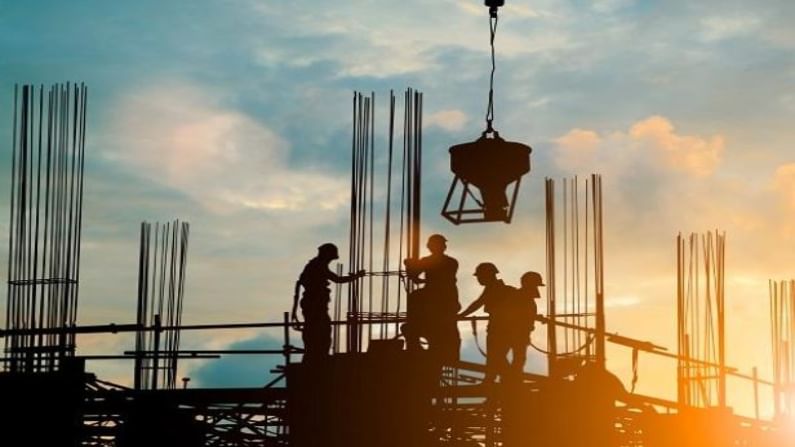Inventory down: Worst could be over for housing
While inventory of unsold dwelling units is coming down, rising commodity prices might push up cost of homes nullifying the cheap home loan advantage

The housing sector, one of the most engines of the economy that partially impacts other sectors such as iron and steel, cement, paints, electricals and consumer goods, seems to have left the worst behind with the easing of the restrictions in most states.
Two reports — the Financial Stability report by Reserve Bank of India and another by property consultant ANAROCK Property Consultants — indicated that though sales in April-June quarter on FY22 suffered as compared to January-March quarter of FY21, unsold inventory, the real headache of the real estate sector has come down compared to what it was in the pre-pandemic levels.
18.75% reduction
RBI has stated that unsold inventory has declined from about 8.5 lakh units in Q1 of 2019-20 to about 7 lakh – a reduction of 18.75% — in Q4 of FY21.
According to a report by ANAROCK, the top seven cities of the country accounted for 24,570 new units launches in the April-June quarter. This is a sharp decline from the sale numbers in January-March quarter of this year.
Home loan advantage
Though sales in the housing sector are expected to rise, especially with low interest rates of home loans — at least 10 of the leading banks and housing finance companies are offering rates well below the 7% mark — the rise in commodity prices can push the price of real estate projects, nullifying the financial cost gains.
“The pandemic has changed the regular thought process of the homebuyers. The concept of owning a home has recommenced a new beginning despite the economic turmoil. Today, owning a home is probably the best place to feel safe and secure. The evolution of work from home culture has also gained immense importance in this Covid-19 era, which has really accelerated our sales figure during this period,” said Ketan Sengupta, CEO, Bengal Peerless Housing Development Company.
RBI mentioned in its Financial Stability Report that the All-India House Price Index (HPI) increased (y-o-y) by 2.7% in Q4 of 2020-21 vis-a-vis 3.9% growth a year ago.
Input price factor
Care Ratings, too, flagged the rise in commodity prices resulting in an upward pressure in the price of dwelling units.
“Cost of construction has gone up as the prices of steel, cement, copper, aluminum products and sanitary wares have been increasing. This will tend to put pressure on the cost of the project,” the report noted.
“The slowdown in the housing market witnessed even before the onset of the pandemic bottomed out in Q1 of 2020-21. During Q3 and Q4 of 2020-21, residential housing property registration and sales across major cities exceeded their pre-pandemic average levels. This was largely aided by stamp duty cuts by some states, unmet demand during the Covid-19 related restrictions in H1 of 2020-21 and moderation in interest rates,” RBI said in its FSR report released on July 1.
Bigger flats
RBI has said the level of housing inventory has come down recently due to fewer launches in relation to sales. It has also noted that new launches in the premium and sub-premium categories have remained robust.
One of the trends of the real estate sector post pandemic has been the rising search and sales in the dwelling units with 3 or 4 bedrooms, driven chiefly by the needs from work from home and school from home schedules.
Many major companies have announced work from home schedules for the rest of the year. Most schools are unlikely to open quickly with the possibility of a third wave lurking around the corner.
If more states reduce the stamp duty on registration of property to give the market a boost like Maharashtra did last year, it might propel a number of buyers to take the final decision to buying a property.